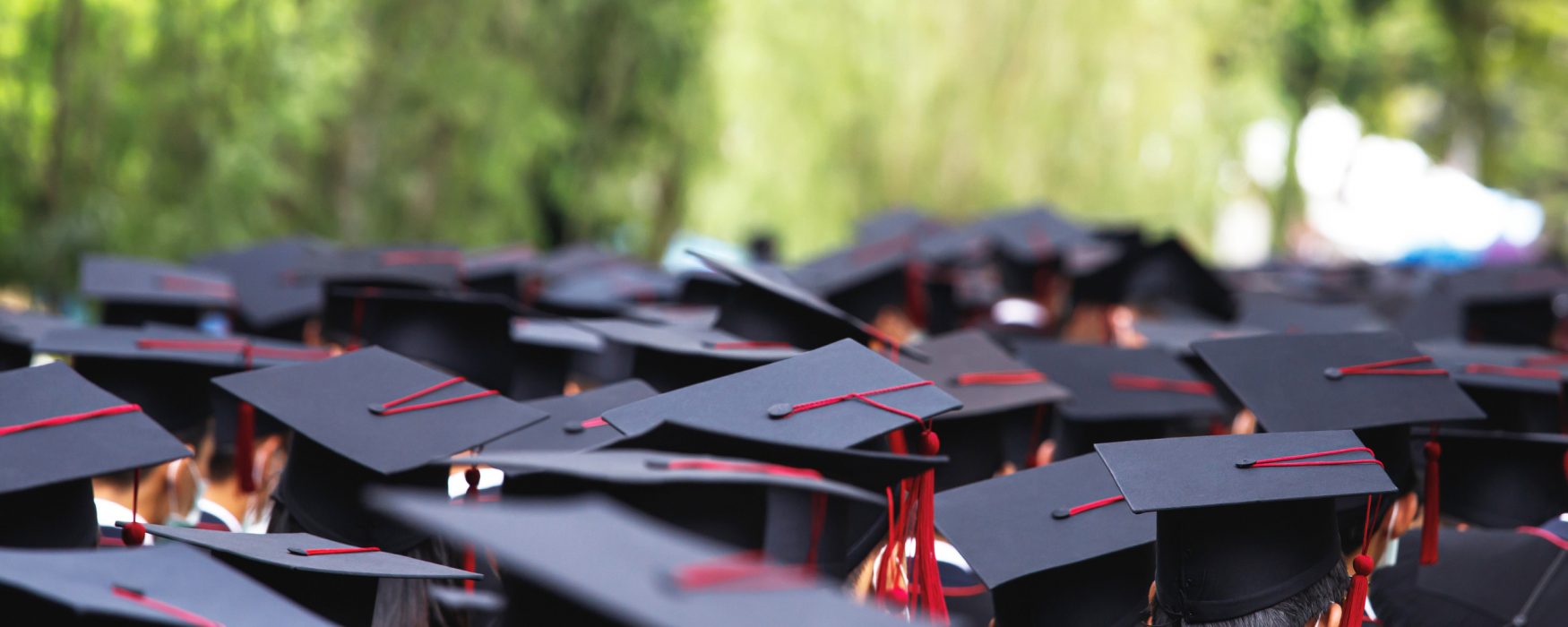
Article by MIRS News, for SBAM’s Lansing Watchdog e-newsletter
A higher percentage of Michigan high school students are not academically ready to attend college at a time when university enrollment is also dropping, according to reports released this week.
Statewide, during the 2021-22 school year, 28.1% of all students were prepared in every subject to attend a university or college, according to data from the Michigan Department of Education School Index College Readiness report. Math and English readiness was higher in the 95,521 students tested, with math at 30% and English at 51.6%.
The percentage of high school students academically ready for college has dropped gradually every year since the 2016-17 testing year when 34.9% of students were ready, but the decline has been less than a percentage point until this year. Between the 2020-21 and 21-22 school year, the drop was 4.5 percentage points.
Michigan Association of State Universities CEO Daniel Hurley said he suspects the learning loss for the incoming students was related to the COVID-19 pandemic, which caused a massive spike in failing schools.
“In Michigan, and elsewhere, we can, must, should, do better in terms of preparing high school graduates for post-secondary education or the world of work,” Hurley said.
Hurley said there needs to be an all-hands-on-deck moment to get the incoming freshman classes of universities up to snuff, despite the continuing drop in enrollment.
The percentage of Michigan high school graduates enrolling in college also decreased to 53.5% in 2021, according to MISchoolData, which puts 25.4% of the students enrolled from Michigan in a position of enrolling in a university without being ready academically.
He said Michigan universities have many programs to bridge the gap of preparedness, from summer programs and developmental education courses that earn college credit.
“They are working extra diligently on trying to identify and do outreach with prospective students and for possible enrollment next year,” he said.
Universities saw a drop of 6,620 total students between 2021 and 2022. Eastern Michigan University, Western Michigan University, Wayne State University, and Oakland University saw the largest number drops, with over 1,000 students not returning; while EMU and Lake Superior State University saw the largest percentage drops, with over 8.6%, according to data from the Michigan Association of State Universities.
Meanwhile, University of Michigan, Michigan Technical University and Michigan State University, despite presidential vacancies, all gained students overall.
A bright spot in the university data saw an overall increase of 739 incoming freshman for 2022. Central Michigan University, WMU, Ferris State University, MSU, and Oakland saw the largest increases. U of M, Wayne, EMU, LSSU and Northern Michigan University saw drops in freshmen.
After getting the students in college, Hurley said there has been a concerted effort on retention.
“The retention rates have increased pretty much across all of the universities, and a special tip of the hat to Wayne State University that has done an incredible job in recent years,” he said.
To make up for a downshift in population, Hurley said universities are actively recruiting more adults who have some college credits, but no degree.
“We have a huge population in our state of those individuals,” he said.
He said Michigan is a top 10 state in out-of-state and international students.
“When you look at college student migration, we are a net importer,” he said.
Getting students to come back for a graduate degree saw a drop of 655 students overall, with the biggest drops coming from MSU, EMU, and WMU. U of M and CMU saw increases in graduate student population.
Hurley said universities are also working to reach out to minority groups, rural areas and other communities that haven’t had high participation rates in higher education.
“Financing a college education is critical, because college affordability is a very important factor in whether individuals enroll in college,” he said.
He said the Michigan Achievement Scholarship, reignited by Gov. Gretchen Whitmer and set to start in 2023, could be a huge boost to college enrollment in the state.
Parents should be filling out the Free Application for Federal Student Aid, or FAFSA, over the next couple months to take advantage of any federal or state aid that is available.
Hurley said overall it has been a good year for universities with lawmakers and Whitmer coming together on a budget that benefits the talent pipeline, which comes out of universities across the state.
“Talent has to be the number one priority from an economic perspective in Michigan,” Hurley said.